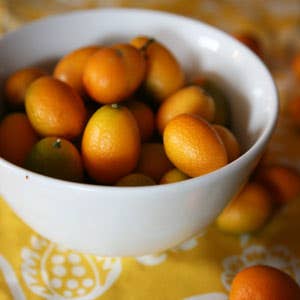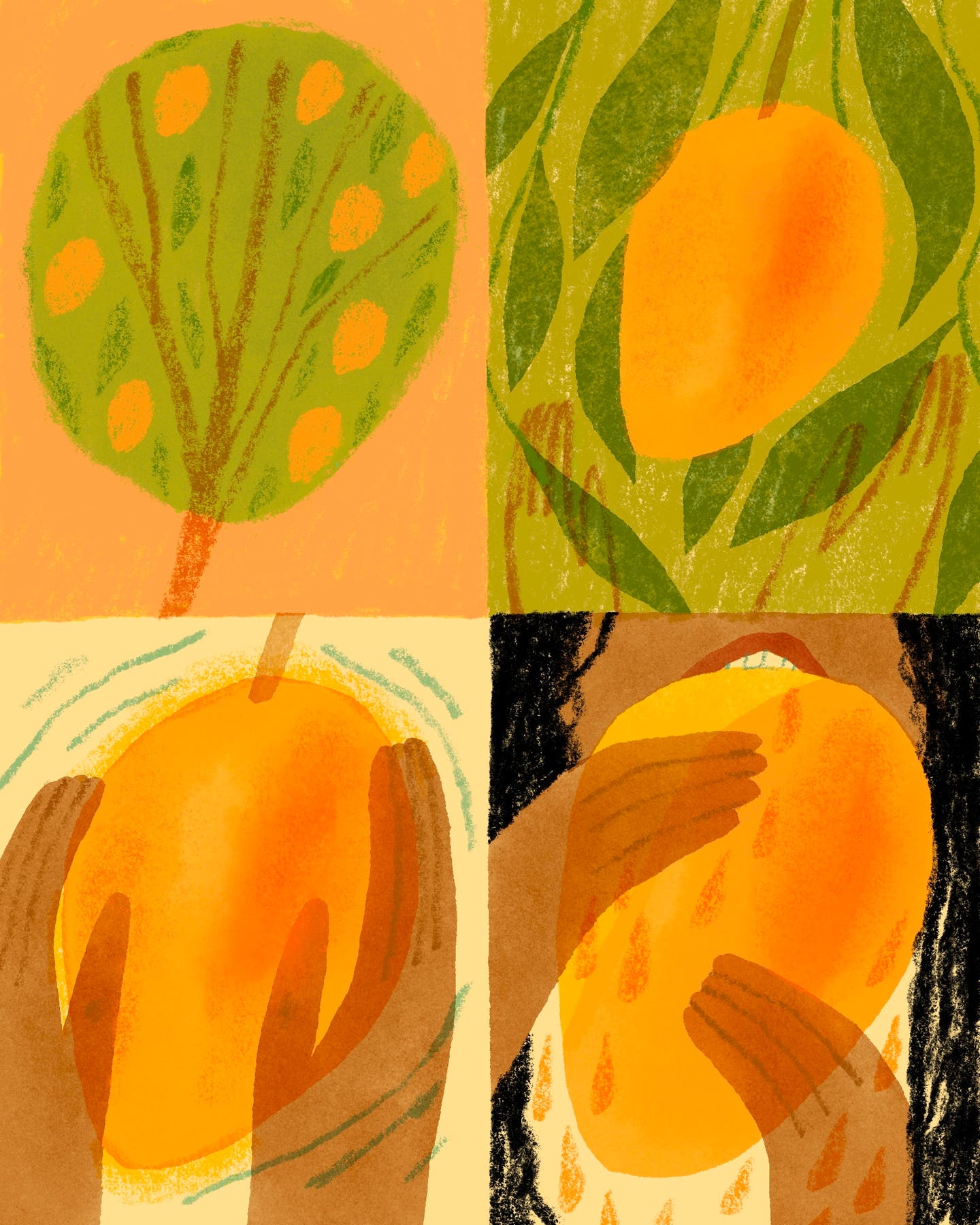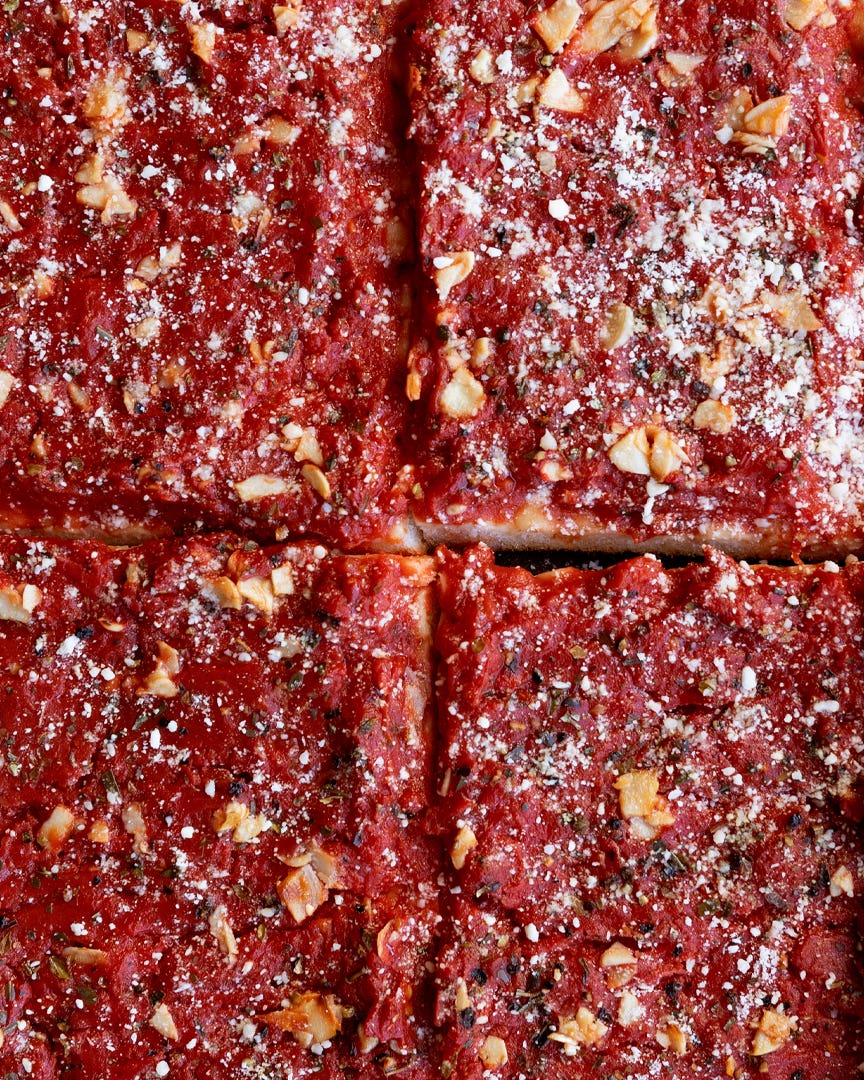
As a young girl growing up on a California vineyard, I passed the long summers outdoors, and when I wasn't catching lizards or squeezing grapes into fizzy water in order to make "wine spritzers", I was foraging. I picked miner's lettuce from the wet grass, wine grapes from their vines, thick-skinned grapefruit that had no business growing that far north, and even the occasional ant, just to remind myself what they tasted like. But my favorite treats were the kumquats that grew in two barrels outside my father's office. The trees the fruits adorned like early Christmas ornaments stood four feet tall and were laden with glossy, dark green leaves and white, starlike blossoms. I'd seek shade from the midday sun behind their branches, pluck handfuls of the oblong, orange fruit, and gobble them up in two bites. Each one exploded in my mouth with tart, pleasing bitterness, and I'd eat until the acid burned my lips, leaving just enough fruit on each tree to disguise my gluttony.
As far as I can remember, though, I was the only one in my family putting the petite fruit to use. Indeed, even now, in an era when many cooks don't bat an eyelash at sun chokes, sea urchin, or pigs' trotters, the kumquat retains an air of mystique. Perhaps that's because the kumquat is at once like an orange and the opposite of one, with a skin that is sweet and a fruit that is sour (which explains why most recipes necessitate the use of both the rind and the fruit together). Peeling small orange citrus fruit seems to be a habit that's hard for Americans to break, but try to peel a kumquat, and you'll end up with nothing but sticky hands and a small, pulpy mass to show for your efforts.
While my parents may not have known what to do with our kumquat crop, the Chinese have long made use of their delicious, dichotomous nature. Kumquats appear in Chinese literature dating back to the 12th century, and the Taiwanese eat the candied fruit as a dessert even today. Kumquats preserved in salt and stirred into hot water are a Cantonese remedy for a sore throat, and during the Chinese New Year kumquats are prized for their color, which represents gold, their leaves, which represent wealth, and their shape, which signifies unity and perfection. Even the fruit's name belies its revered role in Chinese culture: the English translation of gam gwat is golden orange.
Though they look and taste like citrus fruit, kumquats are actually classified in the genus Fortunella, so named for Robert Fortunel, the Scottish botanist who introduced the nagami, or oval, kumquat to the West in the mid-1800s. Today the nagami remains the breed most commonly found in markets, but intrepid kumquat lovers may track down three other varieties: the meiwa, which is sweeter than the nagami but harder to find; the marumi, or round, kumquat; and the Hong Kong kumquat. Whatever their breed, kumquats are hardier than their citrus cousins and thrive not only in citrus-centric locales like Florida but also in the foggy chill of Northern California. They have a long harvesting season: most flourish from December to April but may appear in stores from early fall into June.
Still, despite their long season and adaptable growing range, if you don't live in Florida (the one state in the union that boasts an annual kumquat festival), chances are you may feel a bit flummoxed when staring down a bowl of these orange beauties. The confusion surrounding kumquats has reached such heights that the Florida-based Kumquat Growers, Inc., has even produced a how-to video to initiate kumquat virgins.
The eating of kumquats needn't be about reinventing the wheel. In fact, as a great source of fiber as well as vitamins A and C, kumquats are, to my mind, best eaten out of hand as a punchy snack. (Just make sure they're ripe before popping them in your mouth, or you're in for a bitter surprise: they should be bright orange and firm, with a shiny rind.) However, tossing back handfuls is not the only way to get your fix. Kumquats can be sliced thin and added to a tart salad or used as the centerpiece in a clever twist on the classic duck a l'orange. Kumquats have long been made into jams, candied, and pickled and are great spooned onto chocolate sorbet and creamy cheesecake or as a glaze on duck, pork, or chicken. And now that I've passed the legal drinking age, the kumquat lover in me is happy to see that the kumquat is even getting a spin in the cocktail spotlight. Go ahead: muddle some into your mojito, or use them to make an infused vodka.
With far-flung fruits like the mangosteen and the durian showing up on local supermarket shelves, isn't it about time we embraced our own exotics? Give the kumquat a chance. It may seem backward at first—sweet rind, bitter fruit—but this tiny gem will surprise and delight you. Just heed these words of caution from my seven-year-old self: they're acidic—and addictive.
Keep Reading
Continue to Next Story










